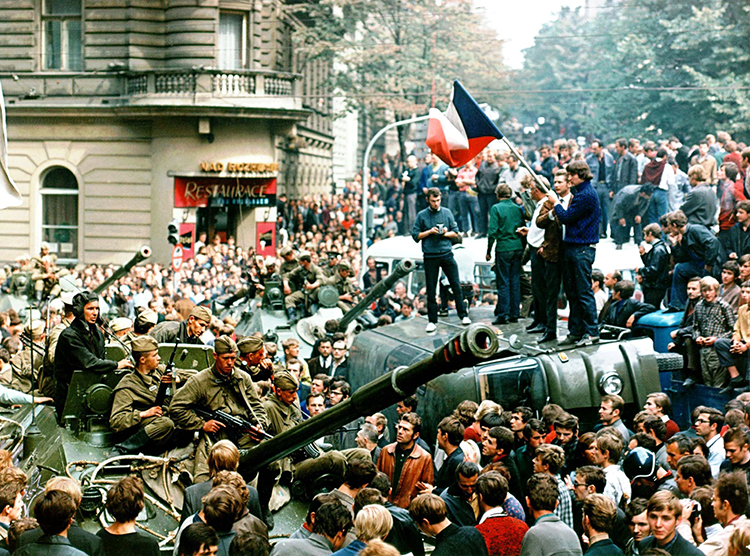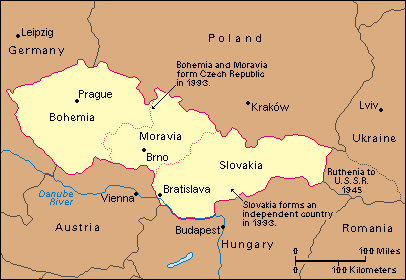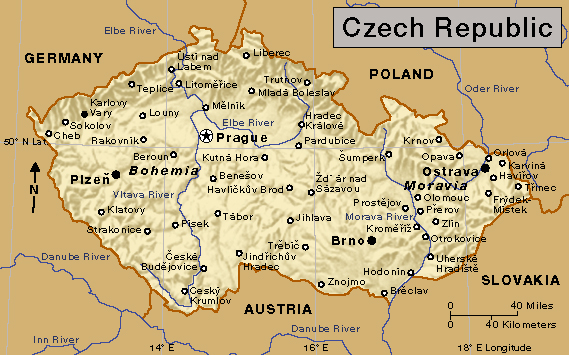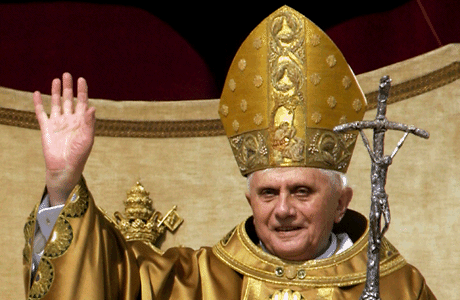Tiananmen Square 30
Wednesday, June 5th, 2019June 5, 2019
In the early morning hours of June 4, 1989, 30 years ago yesterday, Chinese government troops killed and wounded thousands of protestors in Tiananmen Square, a large public area in Beijing, China. The violent incident was the climax of nearly two months of protests for political and economic reform in the tightly controlled Communist country. Chinese officials stated that some 200 people died in the June 4 incident (often remembered in China as “6/4″). However, international observers said that more than 1,000 people were killed, and thousands of other people were injured. The protests and the military response were widely televised. Many people throughout the world expressed support and sympathy for the protesters.
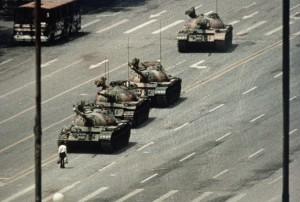
This photo of a demonstrator–remembered as “tank man”–blocking the path of tanks near Tiananmen Square on June 5, 1989, is one of the most famous images in history. It became a worldwide symbol for people resisting government oppression. Credit: © Bettmann/Getty Images
On April 15, 1989, former Chinese Communist Party head Hu Yaobang died. He was known for his commitment to political and economic reform and was supportive of more freedom of expression. Hu had been removed from office in 1987 by government officials who thought his views were too liberal. However, those very views made Hu popular with many Chinese citizens, particularly students, who wanted more freedom.
After a decade of liberalization and growth, China not only experienced new prosperity, but it also witnessed the spread of inflation and corruption among government officials. The announcement of Hu’s death coincided with growing popular dissatisfaction and led to a spontaneous outpouring of grief by Beijing’s citizens. On April 16, 1989, people began gathering in Tiananmen Square to honor Hu’s memory.
The gathering to honor Hu quickly became a major protest led by students from Beijing universities. The protesters called for greater freedoms of speech and the press; increased funding for higher education; government openness; and an end to government corruption. A student-led hunger strike gained support from around the country and the world. Students and supporters from all over China traveled to Beijing to take part in the protests, which at times included more than 1 million people. Similar, smaller gatherings occurred in other Chinese cities.
At first, the government, led by Communist Party General Secretary Zhao Ziyang, adopted a moderate stance. However, as the protests continued, more conservative members of the ruling Chinese Communist Party believed they threatened the party’s legitimacy. Government officials, including Premier Li Peng, called for the use of force.
By the end of May, Li Peng had won the support of the paramount leader Deng Xiaoping. On May 20, Li declared martial law (an emergency government under military rule) and told the protesters to leave Tiananmen Square. Army and police troops headed toward Tiananmen Square, but Beijing residents built blockades in the streets to slow the advance. The blockades kept the troops and vehicles from the square for two weeks.
On June 3, the government said that protesters would be forced from the square if they did not leave on their own. That night, soldiers and tanks began firing. Many unarmed protesters were shot while trying to flee. A number of protesters attacked the troops with rocks and bottles. Some demonstrators set fire to military vehicles.
On June 4, as violence continued, government troops sealed off Tiananmen Square. In the days that followed, the government shut down protests in other cities and searched for the students who had led the demonstrations. Many of the student leaders fled the country.
People around the world expressed shock at the Chinese government’s actions. Diplomatic and economic relations between China and a number of other countries became strained. In the wake of the protests, the Chinese government further restricted free speech and democracy. General Secretary Zhao Ziyang was dismissed from his post for showing support for the protesters. Since 1989, Chinese government censors have banned news programs and other media presentations that discuss the June 4 incident.

